On 25th October 2025, at the venue of the Women’s Cricket World Cup in Indore, two players from Australia’s women’s national team were inappropriately touched by a motorcyclist in Indore while they were walking towards a café. Meanwhile, in the United States, men are betting on the menstrual cycles of women athletes, to predict their performance.
There’s a strange kind of weight that follows a female athlete. The applause fades, the cameras move on, but there is an uneasiness which even the fastest sprinters cannot run from. It’s in the streets they walk after practice, the locker rooms where jokes linger too long, and the online comment sections which treat their body like public property.
Women athletes are celebrated on camera yet left unprotected off of it. Their bodies are tracked and judged without consent and their achievements praised but rarely respected. And this holds true across the globe – the same stories of harassment, constant scrutiny, lack of support, and a culture that lifts them up in moments of victory only to silence them afterwards.
Gendered violence and misogyny in sport
Following the incident in Indore, a post from an account associated with the Australian Women’s Cricket Team had expressed their condemnation of the incident involving the athletes on X/Twitter. They were, however, met with comments like, ‘Speak for yourself, not all women face this here,’ ‘Only one incident and you are blaming the entire country,’ and more comments filled with explicit misogynistic abuses. The post, then, was deleted.
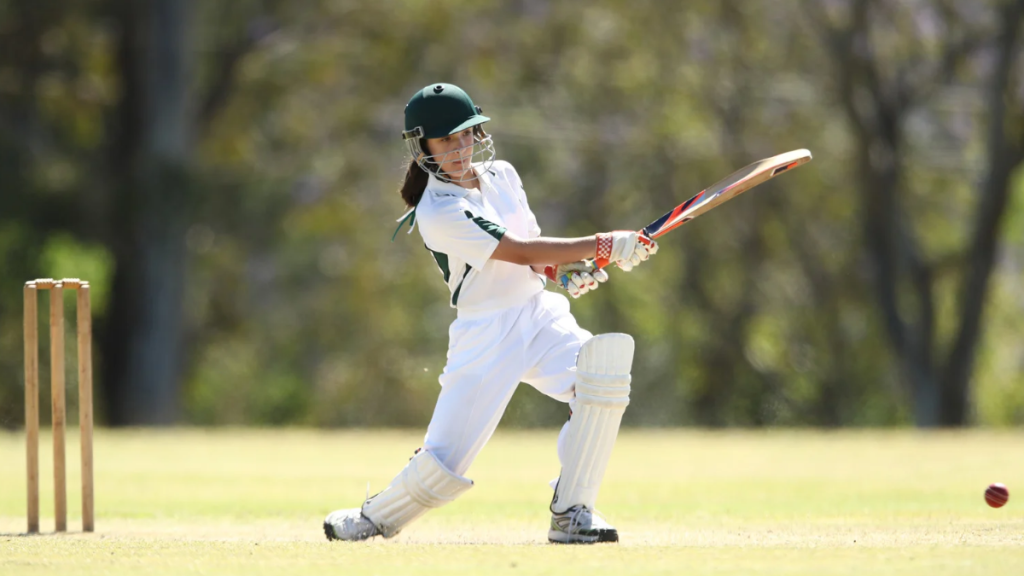
They explained in another tweet, ‘We have deleted all our tweets about the horrible incident involving our players. Our emotions about what happened to them haven’t changed, but we cannot let our platform become a vessel for abuse and the most disgusting, misogynist comments that have been coming in the last hour.’
In India, Olympic medallist Sakshi Malik described the 2023 Wrestlers’ Protests by thirteen women wrestlers as a moment of collective courage, ‘All of us thirteen female wrestlers sat in the same room and told our stories…once they began to weep, I couldn’t control myself.’ The wrestlers alleged groping, stalking and demands for ‘sexual favours‘ by the federation chief.
These incidents are tied together by the persistence of misogyny which punishes women for speaking up. When they call out harassment, they are met with defensiveness, ridicule and denial, often accused of “tarnishing the nation’s image,” of “seeking attention,” or of exaggerating their experiences. Whether it’s a tweet withdrawn under a flood of abuse or genuine experiences dismissed as “politically motivated,” there is a persistence of a tangible form of control that ensures women remain “grateful” rather than vocal.
Whether it’s a tweet withdrawn under a flood of abuse or genuine experiences dismissed as “politically motivated,” there is a persistence of a tangible form of control that ensures women remain “grateful” rather than vocal.
The misogyny which surrounds women athletes does not spare even those who win. After two medals in Paris 2024, shooter Manu Bhaker was confronted with an audience that dwelt on her looks, even going as far as “shipping” her with a male Olympian. Earlier this year, state-level tennis player and coach Radhika Yadav was shot dead by her own father, in what is described as a case rooted in “control and resentment.” Reports revealed that he disapproved of her growing independence and success, treating her career as a threat to his patriarchal authority. This justification was met with men celebrating her father’s actions.

Whether it’s online trolling, institutional neglect, or patriarchal control disguised as protection, every layer reinforces the idea that women’s achievements must come with conditions.
Policing of the body and “gender-testing” of women athletes
Women athletes constantly face scrutiny of their bodies, and this time it came from gamblers who claim to predict performance by tracking women’s menstrual cycles. Instagram influencer FadeMeBets, commenting on Women’s National Basketball Association (WNBA) player Caitlin Clark said, ‘She is on the end of her late luteal phase, meaning a decrease in cardio, decrease in strength, decrease in aerobic system. She’s going to be tired more often than in a normal game.’
Beyond the absolute absurdity of the entire “period betting” gamble stemming from lack of knowledge and ignorance about the female body, it also shows how women athletes’ bodies continue to be seen as public property, which is monitored and monetised without consent.
In another incident, Serena Williams’ black catsuit, which was designed to protect her from blood clots after childbirth at the 2018 French Open, created a major controversy.
In another incident, Serena Williams’ black catsuit, which was designed to protect her from blood clots after childbirth at the 2018 French Open, created a major controversy. The tennis federation banned such “outfits”, saying ‘It will no longer be accepted. One must respect the game and the place.’ Chitra Ramaswamy, while commenting on the incident in an editorial piece published by The Guardian wrote, ‘But how exactly does a full bodysuit go too far? This has nothing to do with respecting the game; in fact it shows deep disrespect to one of its greatest players.’
Imane Khelif, an Algerian boxer who won gold at the 2024 Olympics, faced a gender eligibility scrutiny when just after her win, she was told that she must undergo genetic sex screening to continue competing. Khelif, while addressing the allegations of her being a “man” or a “transgender” declared, ‘I am fully qualified to take part in this competition. I’m a woman like any other woman. I was born a woman, I lived a woman, I competed as a woman.’
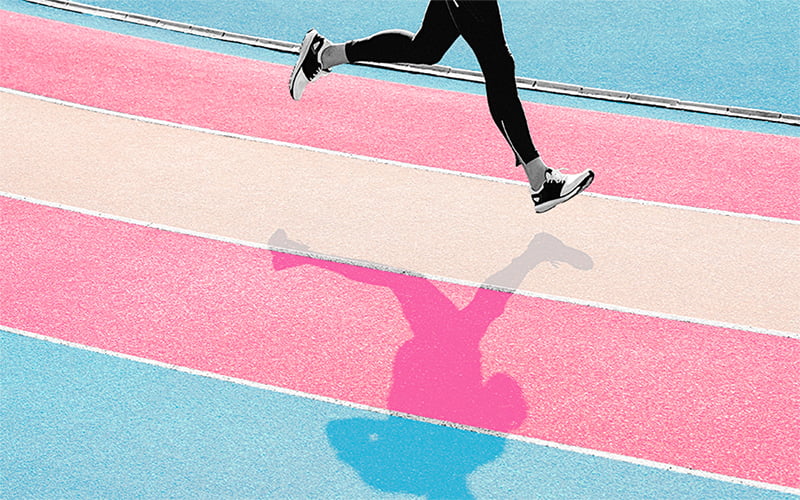
The pressure on women athletes is not just to excel but to look and behave in a certain way while doing it. They should not be “too much” – not too muscular, not too dominant, not threatening their male counterparts. While male bodies are assumed rightful, women’s bodies are flagged, tested and judged, in an extremely bad taste.
One must also be aware of intersectionality – the way race, region, and class deepen the scrutiny women athletes face. For women of colour, the arena of sports often intensifies prejudice, forcing them to prove their legitimacy in spaces already shaped by white-dominance and patriarchy.
Portrayal of women in sports and the problem within
Representations should open doors but it often ends up doing the opposite. In India, films like Dangal brought women’s wrestling and athletics into the limelight, with the film hitting multiple crores at the box office. Yet, it places the male coach/father at the centre of the story, making it appear as though the Phogat sisters were merely an instrument of his own aspirations rather than protagonists of their own story. The Mary Kom biopic, although widely praised for its delivery, cast a mainstream Bollywood actor in place of a North-East woman – making it debatable on grounds of erasure and authenticity.
The Mary Kom biopic, although widely praised for its delivery, cast a mainstream Bollywood actor in place of a North-East woman – making it debatable on grounds of erasure and authenticity.
A Black athlete like Serena Williams, an African-Muslim athlete like Imane Khelif, or a North-East Indian athlete like Mary Kom face policing of body, attire and erasure. It is an additional layer of scrutiny that goes beyond gender, making it deeply intersectional. There is a constant demand for proof of belonging, womanhood and worth that women athletes have to face. The system celebrates representation and diversity only when it’s pleasant, when it doesn’t question who controls the narrative. Women athletes are forced to play within the boundaries they did not draw.
Sport has always been a mirror, and what it reflects about women is telling. They have filled stadiums, broken records, and changed what power looks like, yet the world still views their achievements with suspicion, commentary, or control. To exist as a woman in sport is to constantly negotiate space. Misogyny decides who gets to be called “passionate” and who gets dismissed as “angry,” who is celebrated for strength and who is shamed for it.
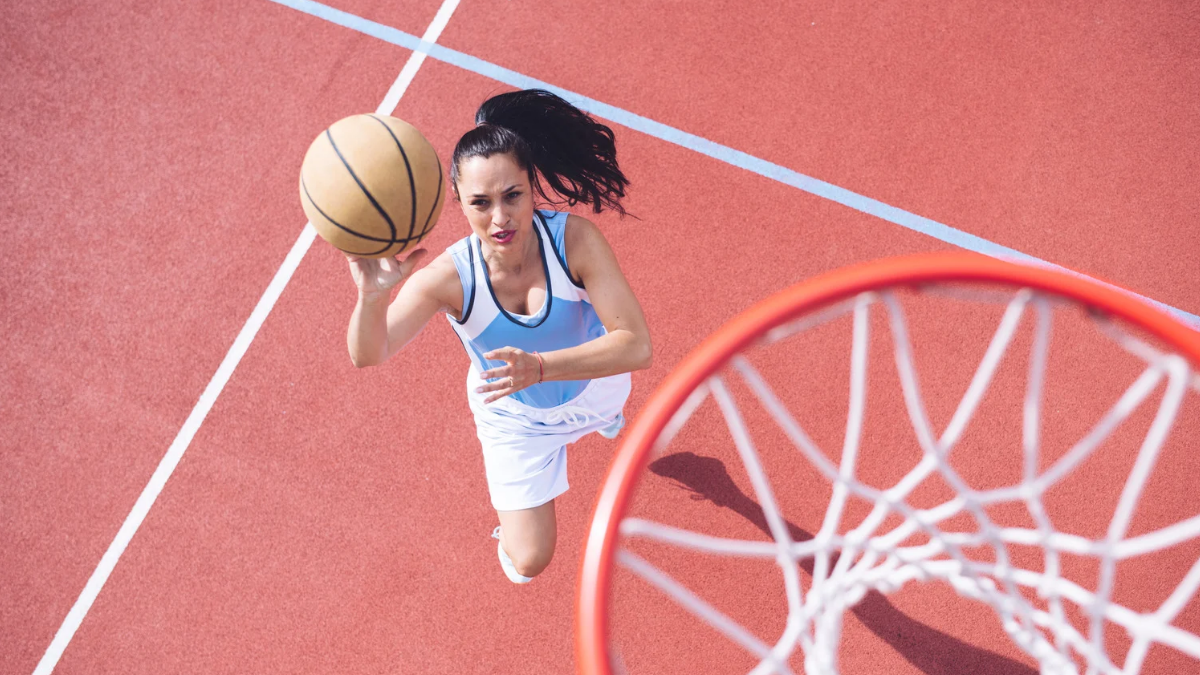
To imagine a more equal future in sport, we need to move beyond celebration toward accountability. Safety must not depend on outrage, and representation must not rely on selective storytelling.
About the author(s)
Mema is currently a Master's student at South Asian University (SAU). Hailing from Manipur, her lived experiences there have shaped a deep commitment to the feminist cause. She cares deeply about women and their future, which she tries to convey with her writing. She finds joy in reading, writing and cooking.
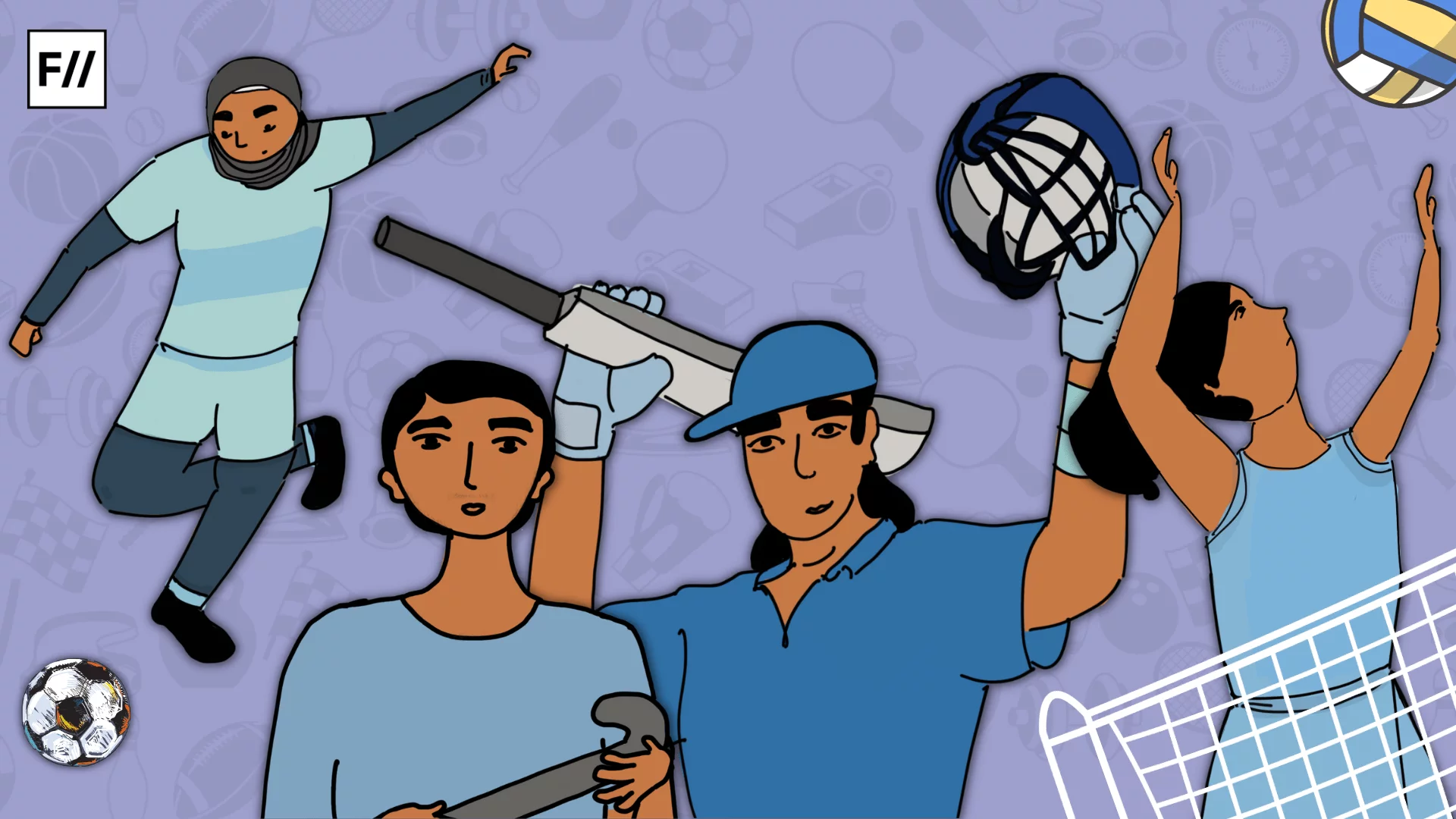


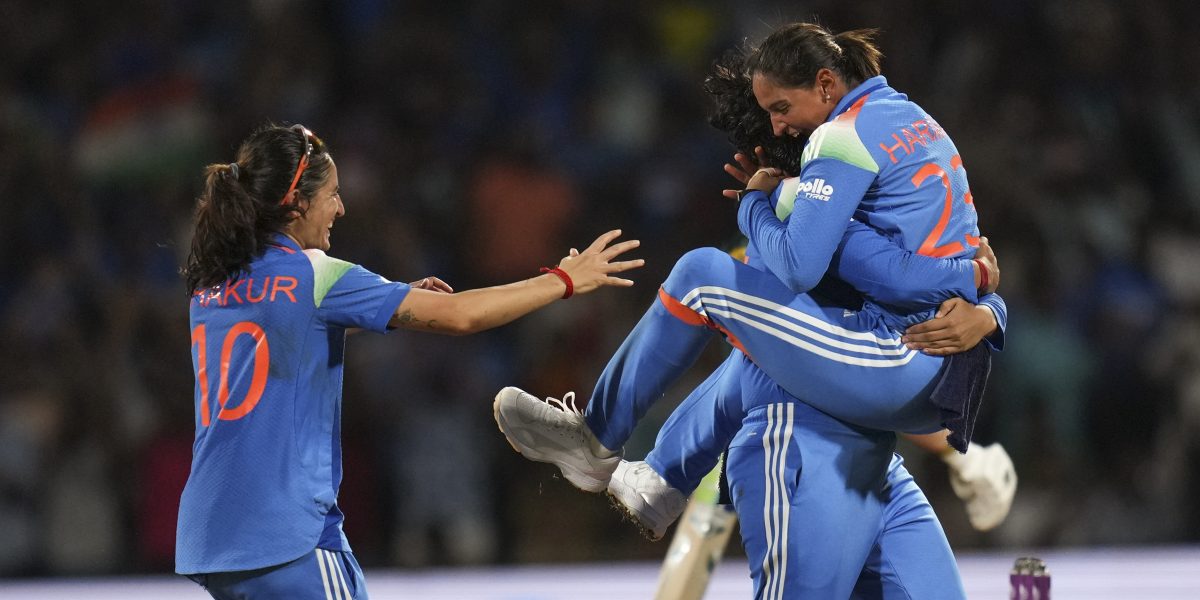
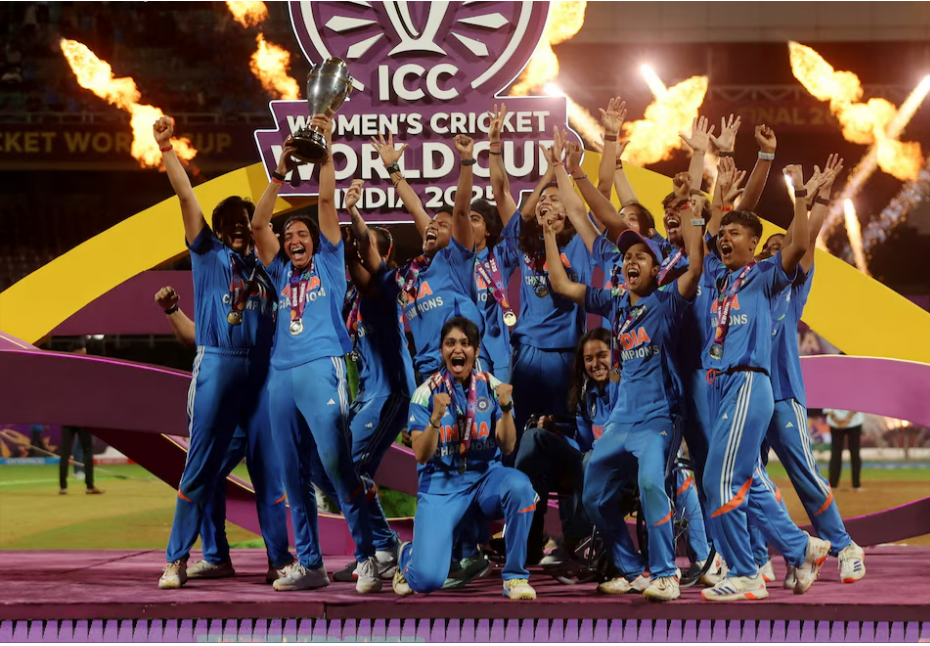
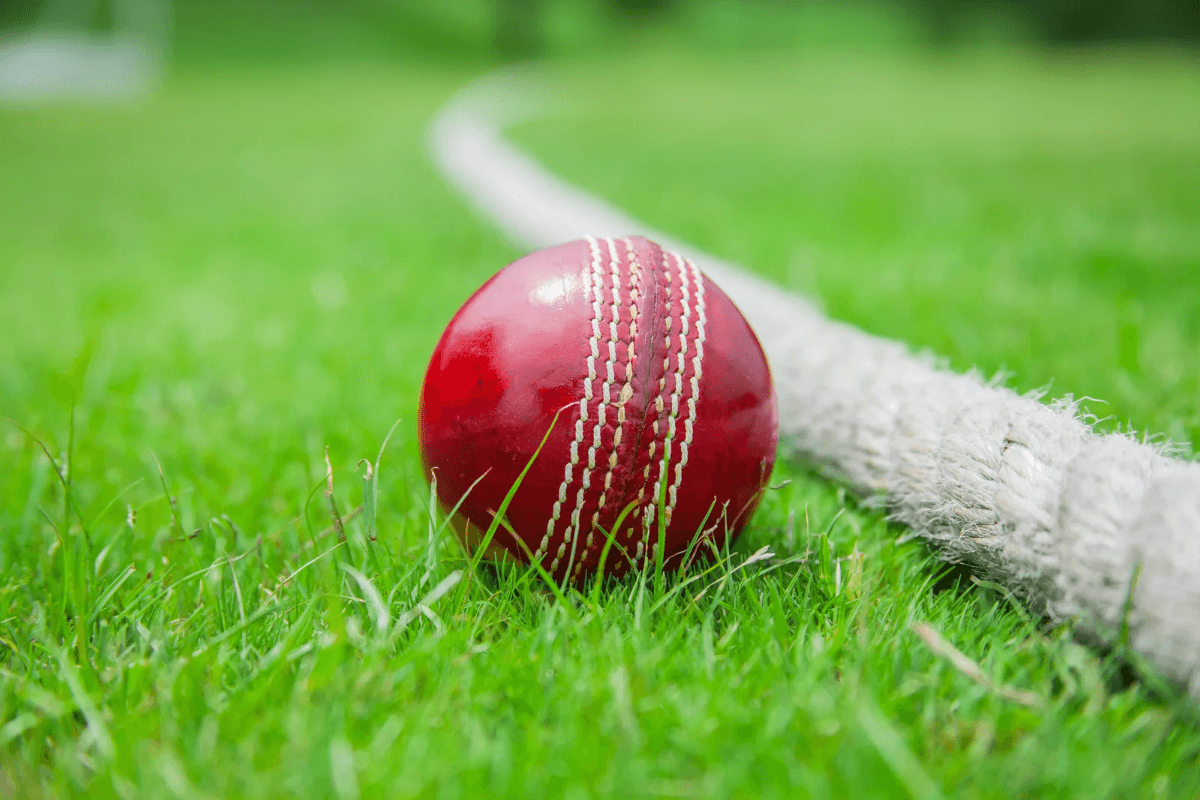

It would be helpful if, writing about transphobia in sports, we mentioned athletes who were transgender rather than only athletes who were falsely alleged to be trans.